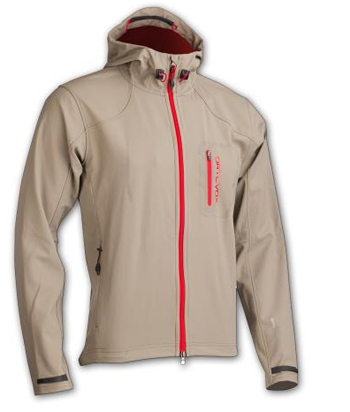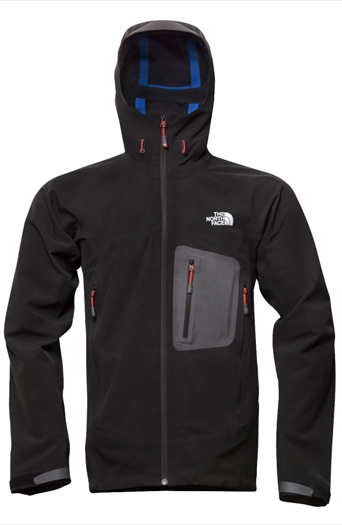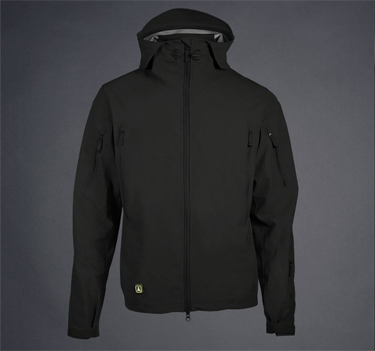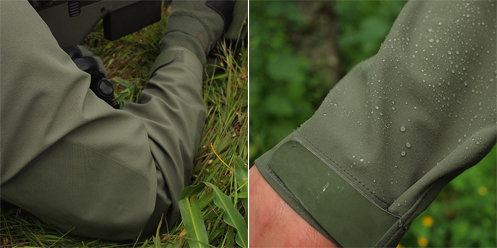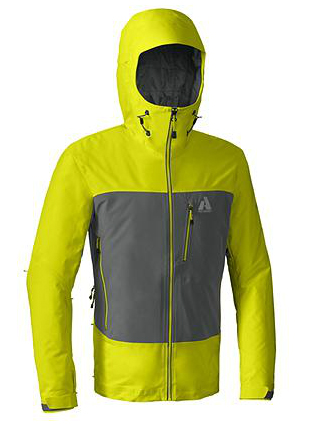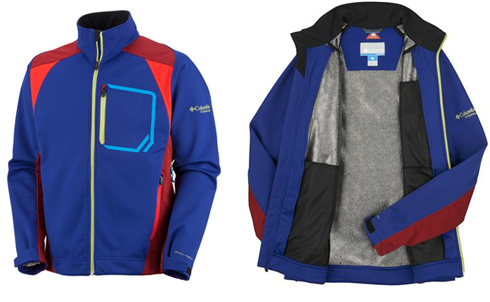Snow is dusting peaks already in the West. Leaves are piling up on the trail I hike near my home. In my closet, among a quiver of coats, the current season is bringing forth the category of jacket known as the softshell. Stretchy fabrics, high breathability, and a comfortable, “soft” feel define the genre of the softshell, which is receiving loads of attention in the outdoors world as of late. New waterproof fabrics like Polartec’s NeoShell have broadened when and where softshells can be used, including during fall outings where a crinkly rain jacket would usually be called to task.
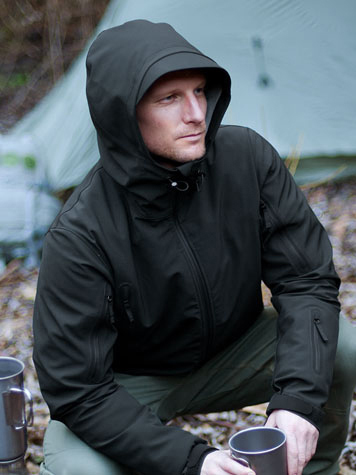
This fall and winter softshells will be on my back more than any other type of coat. The Centrifuge jacket by Outdoor Research, for example, has been a go-to top for cool weather activity like trail running in temps down to about freezing. The $125 jacket is super breathable and it fits and feels more like a shirt — the front side has a wind-blocking fabric but on back (where you sweat most) there is only a thin, air-permeable fleece.
Thumb holes on each cuff allow you to pull the Centrifuge’s sleeves over your hands, eliminating the need for gloves in temps down to about 40 degrees. A tight hood stretches and fits like a skull cap, and if you zip the jacket up past your chin the Centrifuge offers a thin panel on its collar that you can breathe through.
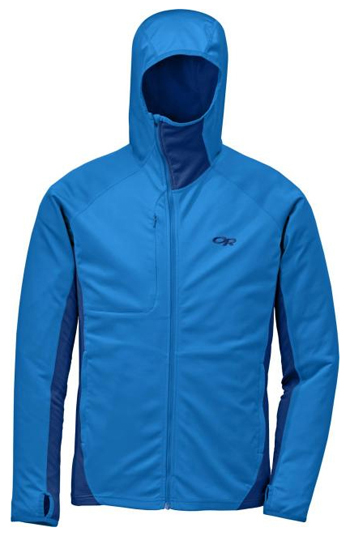
Like the Outdoor Research jacket above, the Millet Trilogy WDS Hoodie should fall in the “aerobic shell” category — it is thin and breathable and made for high-output winter sports. The jacket’s softshell fabric, among the thinnest seen in this review, is called Windstopper X-Fast, and it is a new amalgamation from W. L. Gore & Associates that includes a significant dose of Spandex fibers in its weave.

